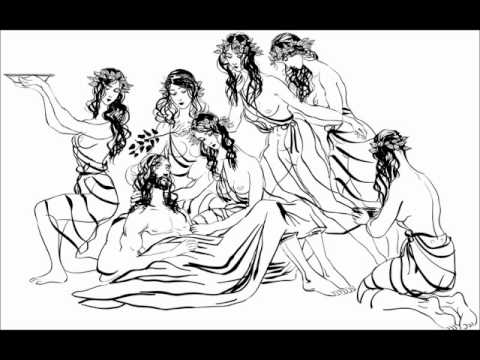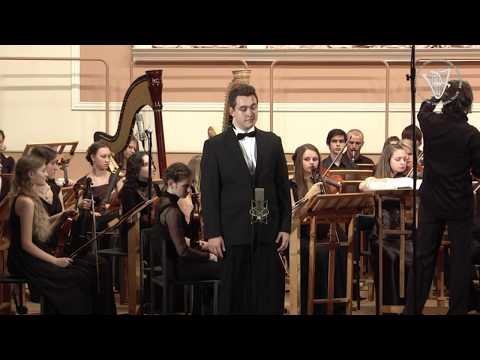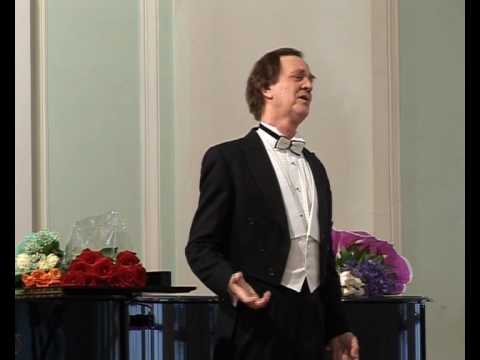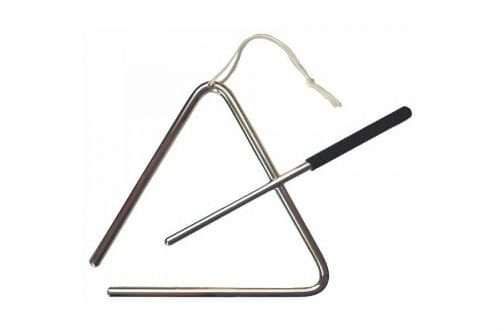Male and female singing voices
All singing voices are divided into The main female voices are, and the most common male voices are.
All sounds that can be sung or played on a musical instrument are . When musicians talk about the pitch of sounds, they use the term , meaning whole groups of high, medium or low sounds.
In a global sense, female voices sing sounds of a high or “upper” register, children’s voices sing sounds of a middle register, and male voices sing sounds of a low or “lower” register. But this is only partly true; in fact, everything is much more interesting. Within each group of voices, and even within the range of each individual voice, there is also a division into high, middle and low register.
For example, a high male voice is a tenor, a middle voice is a baritone, and a low voice is a bass. Or, another example, singers have the highest voice – soprano, the middle voice of vocalists is mezzo-soprano, and the low voice is contralto. To finally understand the division of male and female, and at the same time, children’s voices into high and low, this tablet will help you:
If we talk about the registers of any one voice, then each of them has both low and high sounds. For example, a tenor sings both low chest sounds and high falsetto sounds, which are inaccessible to basses or baritones.
Female singing voices
So, the main types of female singing voices are soprano, mezzo-soprano and contralto. They differ primarily in range, as well as timbre coloring. Timbre properties include, for example, transparency, lightness or, conversely, saturation, and strength of voice.
Soprano – the highest female singing voice, its usual range is two octaves (entirely the first and second octave). In opera performances, the roles of the main characters are often performed by singers with such a voice. If we talk about artistic images, then a high-pitched voice best characterizes a young girl or some fantastic character (for example, a fairy).
Sopranos, based on the nature of their sound, are divided into – you yourself can easily imagine that the parts of a very tender girl and a very passionate girl cannot be performed by the same performer. If a voice easily copes with fast passages and graces in its high register, then such a soprano is called.
Mezzo-soprano – a female voice with a thicker and stronger sound. The range of this voice is two octaves (from A small octave to A second). Mezzo-sopranos are usually assigned to the role of mature women, strong and strong-willed in character.
Contralto – it has already been said that this is the lowest of women’s voices, moreover, very beautiful, velvety, and also very rare (in some opera houses there is not a single contralto). A singer with such a voice in operas is often assigned the roles of teenage boys.
Below is a table that names examples of opera roles that are often performed by certain female singing voices:
Let’s listen to how women’s singing voices sound. Here are three video examples for you:
Soprano. Aria of the Queen of the Night from the opera “The Magic Flute” by Mozart performed by Bela Rudenko
Mezzo-soprano. Habanera from the opera Carmen by Bizet performed by the famous singer Elena Obraztsova
http://www.youtube.com/watch?v=FSJzsEfkwzA
Contralto. Ratmir’s aria from the opera “Ruslan and Lyudmila” by Glinka, performed by Elizaveta Antonova.


Watch this video on YouTube
Male singing voices
There are only three main male voices – tenor, bass and baritone. Tenor Of these, the highest, its pitch range is the notes of the small and first octaves. By analogy with the soprano timbre, performers with this timbre are divided into. In addition, sometimes they mention such a variety of singers as. “Character” is given to it by some phonic effect – for example, silveriness or rattling. A characteristic tenor is simply irreplaceable where it is necessary to create the image of a gray-haired old man or some cunning rascal.
Baritone – this voice is distinguished by its softness, density and velvety sound. The range of sounds that a baritone can sing is from A major octave to A first octave. Performers with such a timbre are often entrusted with courageous roles of characters in operas of a heroic or patriotic nature, but the softness of the voice allows them to reveal loving and lyrical images.
Bass – the voice is the lowest, can sing sounds from F of the large octave to F of the first. The basses are different: some are rolling, “droning”, “bell-like”, others are hard and very “graphic”. Accordingly, the parts of the characters for the basses are varied: these are heroic, “fatherly”, and ascetic, and even comic images.
You are probably interested to know which of the male singing voices is the lowest? This bass profundo, sometimes singers with such a voice are also called Octavists, since they “take” low notes from the counter-octave. By the way, we have not yet mentioned the highest male voice – this tenor-altino or countertenor, who sings quite calmly in an almost feminine voice and easily reaches the high notes of the second octave.
As in the previous case, male singing voices with examples of their operatic roles are displayed in the table:
Now listen to the sound of male singing voices. Here are three more video examples for you.
Tenor. Song of the Indian guest from the opera “Sadko” by Rimsky-Korsakov, performed by David Poslukhin.


Watch this video on YouTube
Baritone. Gliere’s romance “Sweetly sang the nightingale soul,” sung by Leonid Smetannikov


Watch this video on YouTube
Bass. Prince Igor’s aria from Borodin’s opera “Prince Igor” was originally written for baritone, but in this case it is sung by one of the best basses of the 20th century – Alexander Pirogov.


Watch this video on YouTube
The working range of a professionally trained vocalist’s voice is usually two octaves on average, although sometimes singers and singers have much greater capabilities. In order for you to have a good understanding of tessitura when choosing notes for practice, I suggest you get acquainted with the picture, which clearly demonstrates the permissible ranges for each of the voices:
Before concluding, I want to please you with one more tablet, with which you can get acquainted with vocalists who have one or another voice timbre. This is necessary so that you can independently find and listen to even more audio examples of the sound of male and female singing voices:
That’s all! We talked about what types of voices singers have, we figured out the basics of their classification, the size of their ranges, the expressive capabilities of timbres, and also listened to examples of the sound of the voices of famous vocalists. If you liked the material, share it on your contact page or on your Twitter feed. There are special buttons under the article for this. Good luck!



